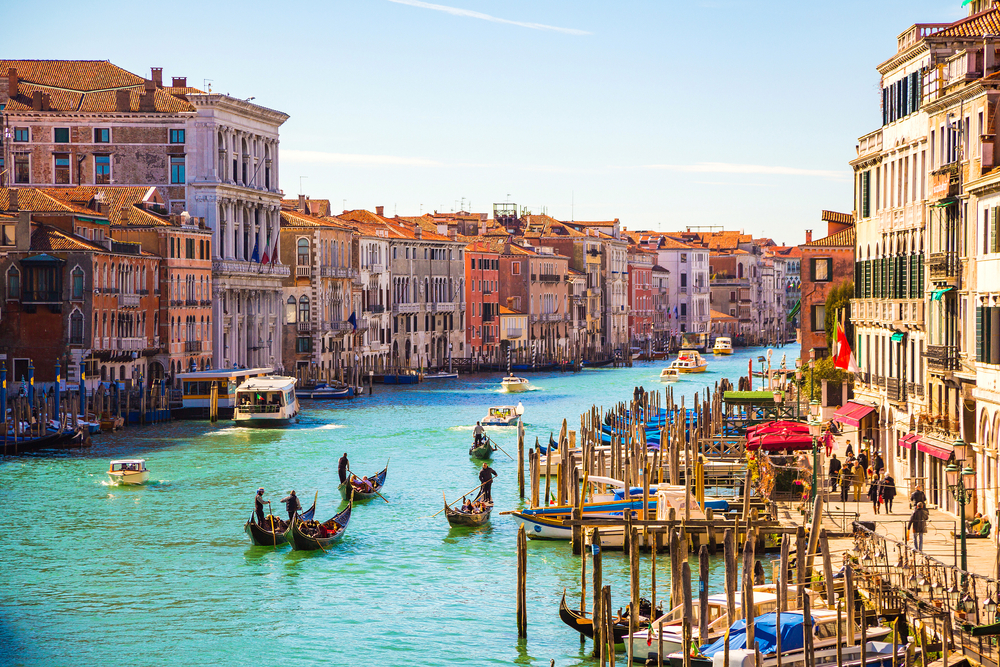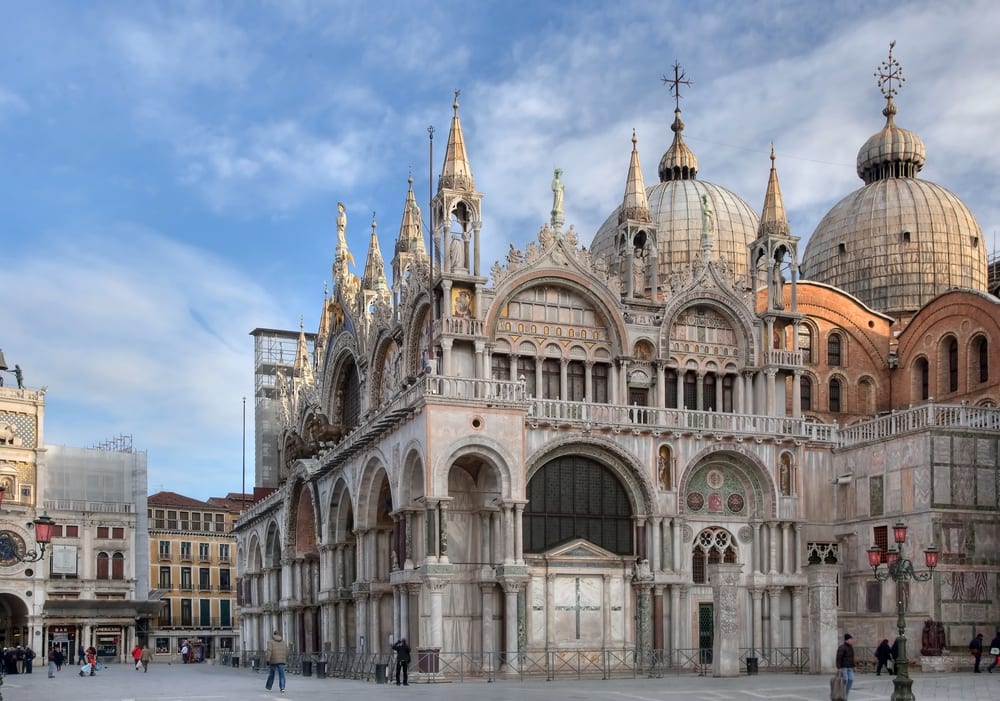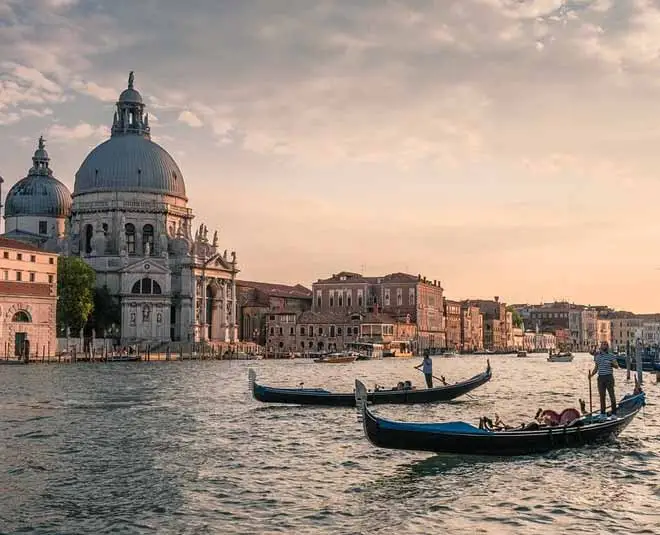The Surface In The City Of Canals
With its exquisite Renaissance architecture, enchanting canals, and strong links to bygone centuries, Venice is without a doubt one of the most beautiful towns in the whole globe. Its winding alleyways and labyrinth of canals conceal intriguing mysteries and tales that chronicle this grand medieval city's history, from its earliest beginnings to its uncertain future.
A World Icon Is Born
The majority of Italian towns have its roots in the Roman Empire, but Venice emerged somewhat later, in the sixth century, as a result of mainlanders fleeing to the islands of the Venetian lagoon, which had previously been populated by salt workers and fisherman, due to German invasions from the north. It is likely that the first 'doge' (chief magistrate) was chosen in AD 697, beginning a lengthy history of rivalries amongst the powerful families in the city. The city-state of Venice started to take shape when the doges were chosen by public election starting in the ninth century.
Venice Really Is Built On Water

Venice was constructed entirely on water thanks to the deep-rooted wooden poles pushed into the lagoon's clay by lumber that was brought in from Croatia, Montenegro, and Slovenia. These poles supported platforms that were later used as the bases for homes. We'll never know if the laborers realized this at the time, but over time, the lagoon's soil and airless silt hardened the wood to the consistency of stone, preventing it from decaying. Unfortunately, the city is currently gradually sinking yearly due to increasing sea levels and compacting foundations.
The Canals Had Important Purposes
Although the world recognizes Venice's canals for their charming and distinctive qualities, their primary purpose was transportation and defense. Stakes made of wood were used to reinforce the banks after portions of the lagoon were drained in order to create the canals, which was an innovative method at the time. With the Grand Canal being the deepest at around 17 feet (5 meters), several of the canals are between five and ten feet (1.5 and three meters) deep. Approximately 150 canals are present in Venice overall, and over 400 bridges span them.
The City Quickly Became A Trading Power
Venice was well situated to serve as a bridge connecting mainland Europe with the Mediterranean sailing routes. It was dispersed across around 120 islands in the Venetian lagoon, which front the Adriatic Sea. As a result, Venice was able to establish itself as a major commercial port early in its history. In return for Venice's assistance in the battles against the Normans, the Byzantine emperor granted Venice free commerce throughout the Byzantine Empire (the continuation of the Eastern Roman Empire) in 1082. As a result of its trade in fish, timber, and slaves from Dalmatia; iron from the Alps; and spices and silk from Constantinople and Alexandria, Venice's dominance grew.
Read Also: Hidden Gems You Must Visit in Europe
The Republic Of Venice Stretched Far Beyond The City
The Republic influenced modern-day Croatia, Montenegro, Albania, Greece, and Cyprus in addition to being a commercial and military force that spanned the lagoon. Because of its vast territory, it was also a well-known industrial republic known for its glass, shipbuilding, and pharmaceutical industries. In 1291, the glassblowing industry of the city was forced to relocate to the adjacent island of Murano due to frequent fires caused by the hot furnaces amidst the wooden houses of Venice. Even now, Murano glassware is highly prized.
Venice Is Full Of Stolen Riches

The Venetians and the collapsing Byzantine Empire fought a string of battles beginning in the 12th century. They were major players in the tragic Fourth Crusade, in which, while purportedly on their way to the Holy Land, crusaders captured Constantinople, the capital of the Byzantine Empire. The gilded bronze horses that are still on display within St. Mark's Basilica were among the numerous valuables the troops brought home with them. The church was first constructed to contain the missing remains of Saint Mark, which were purportedly brought back from Alexandria in AD 828 by Venetian traders who concealed the bones in layers of rendered pork. After a church burned down in AD 976, the present structure was constructed in the eleventh century.
The Republic Was Surprisingly
Venice was one of the richest cities in Europe, if not the entire globe, during the height of its supremacy between the 13th and the 15th centuries. Venice established a robust republican political system, a sizable navy, and even a highest court known as the Quarantia, or Council of Forty, during this period. The senate was established in 1229, and the infamous Council of Ten—a dark, reclusive organization with broad, punishing authority—was established in 1310. These affluent years had a major influence on how Venice became the beloved city it is today.

